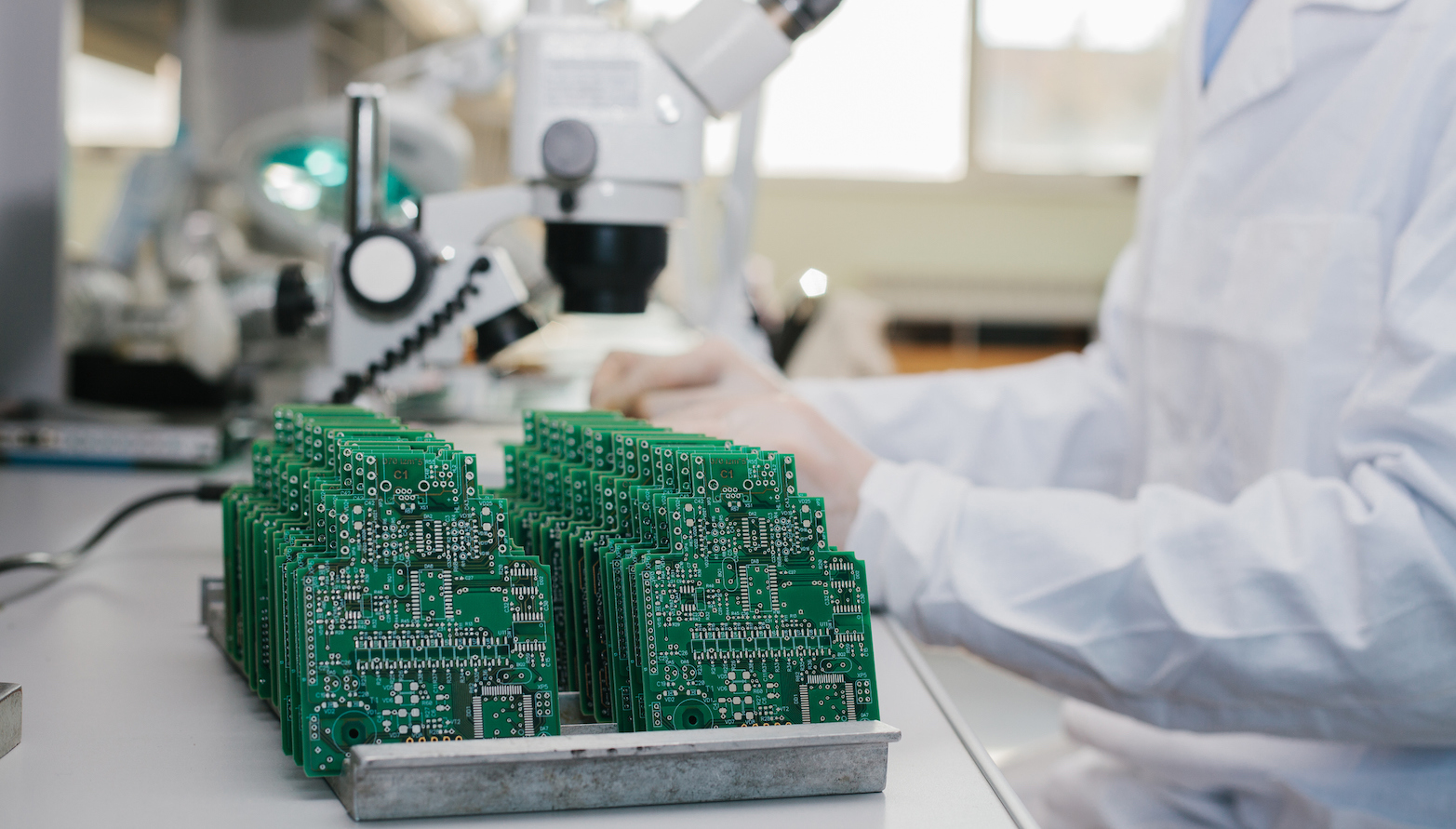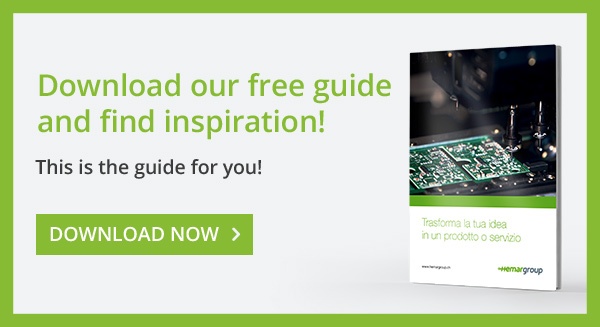
Circuit boards have revolutionised the way we make electronic devices. Traditional ones were made from basic components connected using relatively complex methods, and involved significant design work.
Programmable boards, on the other hand, make it possible to create smart electronic systems using software-based programming. The components are becoming more complicated, but the connections between them are simpler.
The rise of circuit boards has sparked a revolution. The focus is shifting from complex electronic design to ad-hoc programmed solutions that make prototyping and customization much easier.
A circuit board operates in accordance with a clearly defined procedure.
- It starts by collecting input from sensors, just as we do with our five senses.
- In the logic phase, the smart system processes the data using its programming software.
- During the output phase, it operates actuators such as LEDs, acoustic signals, displays, and relays.
The IoT and circuit boards offer huge advantages over traditional systems. Let's look at how they work.
Circuit boards and the IoT: five questions and answers
The internet of things is the future of today’s fast-paced society. This fundamentally important technology consists of a network of physical electronic devices connected via the internet.
IOT applications operate in a wide variety of environments, reflecting their significance and utility. Their advantages are undeniable,
but how do they provide easier access to information?
The internet offers the opportunity to collect a huge variety of big data very quickly. This can be managed and analysed using specific methods and technology. Thanks to the web, you can easily access data from distant locations in real time. The network of devices lets you view information from anywhere in the world, from the comfort of your armchair. Millions of people can now do their jobs without being physically present.
Printed circuits are the next step in the modernisation of electronic systems,
enabling better and more transparent communication and connections between devices, reducing inefficiencies and giving faster and better results. For example, it’s possible to have a factory in which the machines talk to one another.
Why does replicability enable you to expand your market?
As we said above, the IoT makes it easier for devices to communicate, and for people to carry out everyday tasks. Transferring packets of data on a connected network saves time and money. The data would otherwise take a long time to transfer, but the IoT does this more quickly, reducing costs and allowing you to expand your market share.
Why are IoT apps essential for new and existing companies?
At this stage in human history, automation is a necessity. It allows you to manage everyday activities without human intervention, improve the quality of the services you provide, become more efficient, minimize costs, and make fewer mistakes.
Why are they the face of future technology?
As we've already emphasised, the most obvious advantage of today's IoT circuit boards over traditional ones is that they offer local, connected intelligence and often operate autonomously. Sensors amass large quantities of data more easily, using almost unlimited connections, and process this by making smart decisions. This is because they monitor their environment on an ongoing basis, and carry out quality controls throughout the production process. This makes the resulting solutions reliable and secure.
In conclusion,
We've answered a series of questions that show the fundamental importance of IOT applications for the company of the future. Implementing printed circuit boards within your company's production cycle is a smart approach to digital transformation that leaves you better prepared and more competitive.
Clearly, the advantages listed in this article highlight another major benefit of IoT. To summarise:
- Big data management
- Modernisation
- Replicability
- Automation
- Smart decisions
provide the basis for personalised choices when prototyping your products or services. Today's markets require a high degree of customization. This has led to the development of printed circuits that can be programmed to suit the individual needs of a business.
Looking for inspiration for an electronic product launch?
.png)
